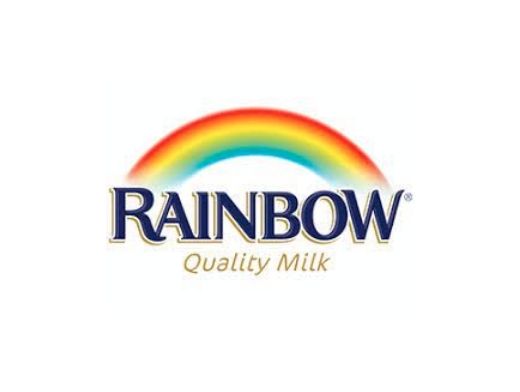Films are largely a visual medium, yet without sound effects, even the most stunning sights fall short. Foley sounds offer richness to a picture and engages moviegoers in the onscreen environment, ranging from footsteps approaching closer to the rustling of clothing when a figure walks.
What Is Foley Art, and Why Is It Important?
Foley is a unique sound effect method that entails producing and "performing" commonplace noises for films and television shows. To improve the audio quality, foley artists create these sounds in a recording studio during post-production, synchronized with the film. Foley sound was named after Jack Foley, a sound effects artist who pioneered the method.
Foley effects function in conjunction with, as well as to replace, the field recording of cinematic sound. Field recordings and foley effects are used in almost every scene.
History of Foley Art
Foley was initially employed in the 1920s during live radio broadcasts of performances. Rather than relying on low-quality, unstable sound effects from a phonograph, radio stations recruited sound artists to produce sounds on the fly. Jack Foley, the most well-known of those early radio sound artists, went on to pioneer the approaches and techniques that foley artists still employ today in the film industry.
What are Foley Artists and What Do They Do?
Everyday noises like footsteps, doors opening and closing, wind blowing, glass breaking, and other ambient noise are recreated by foley artists. Those sound effects are added to the edit in post-production to improve a film's or television show's aural experience.
The Three Kinds of Foley Sound
Foley sounds are divided into three groups:
1. Because footsteps are more difficult to correctly capture while shooting a scene, the sound of footsteps is the most common production sound a foley artist makes. Artists may duplicate steps from virtually any shoe on nearly any surface in Foley recording facilities, which include several different types of shoes and floor surfaces.
2. Movement: A subtle sound effect that improves a scene is the sound of movement, such as two people brushing past each other.
3. Specifics: Any sounds that aren't moving or footsteps, such as a phone ringing or a door creaking, are considered specifics.
What Is Foley Sound and How Is It Made?
Foley artists create sound effects on foley stages, which are large recording studios with thousands of objects, textures, and surfaces for artists to recreate sounds. Foley artists view the entire film before recording in the foley studio, take notes on what noises they'll need to make in each scene, and retrieve the relevant items and equipment from the studio's warehouse or a storage area.
Foley artists used to record a film's foley sound effects in one lengthy take, projecting the film onto a screen and flawlessly timing each effect. Foley artists can now concentrate on particular sounds, do many takes, and edit and/or enhance the effects with sound editing software using modern film editing techniques.
What Goes on during a Foley Recording Session?
Foley artists employ unconventional techniques to recreate immersive, natural-sounding sounds. Foley artists break down a scene into the individual sounds they need to capture in a typical recording session, then reproduce and record each one individually. They record in real-time as they watch the movie to ensure that the audio and pictures are in sync.
Foley artists, for example, created the sounds of a door opening, a door closing, footfall on laminate with the character's style of shoes, and eventually someone falling into a padded vinyl chair in a scenario when a man enters a diner and settles down at a booth.
Some noises, such as jingling vehicle keys, are easy to recreate since the foley artists may use the real object to make the sound. Some noises are more difficult to imitate, so the foley artists come up with inventive solutions, such as using cellophane to simulate crackling fire.
Foley Effects in Films: 4 Ways to Make It Better
There are a variety of reasons why foley artists replicate incidental sounds:
1. A scene's realism is enhanced by the use of foley sound. Even the quietest times of your day contain sound. The most successful foley noises are ones that sound so natural and authentic that the audience doesn't even realize they're there.
2. A scene is more immersive with foley sound. Storytelling relies heavily on sound. Sound effects add ambience to the story and pull viewers in closer.
3. Ambient sounds that are more believable Because the background and ambient sound in a field recording is rarely loud enough to enhance the action on their own, foley artists replicate them in the studio to make them more convincing.
4. There are no foley effects, thus it's too silent. Movies with no background noise are too quiet, leading viewers to believe that the theatre's sound system has failed. Foley sound fills in the gaps in the aural landscape and gives scenarios a more genuine sense.











































